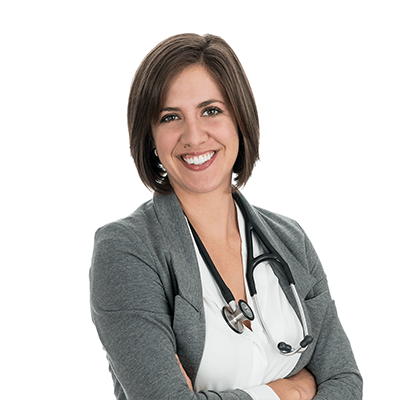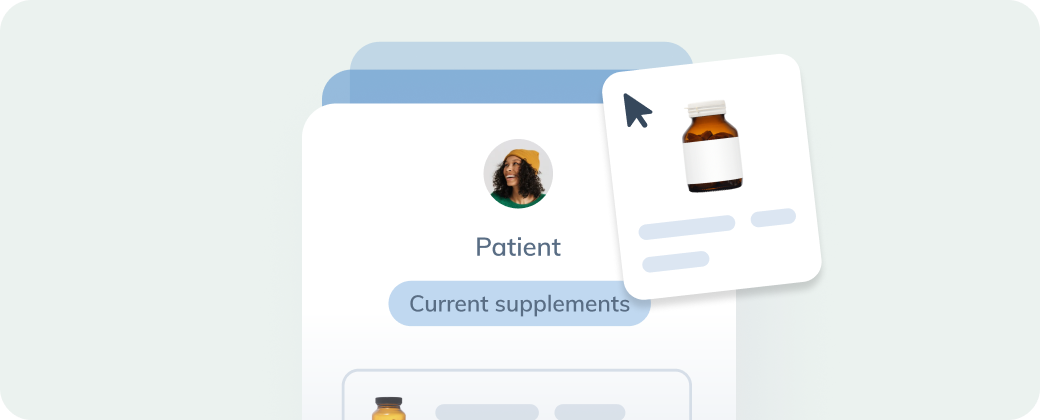From smartphones to robots that clean your floors, technology has become part of our everyday lives. Healthcare is no different. Over the past decade, the use of health information technology has become integrated in a growing number of medical offices, clinics, and hospitals worldwide. While this shift to high-tech healthcare does present some challenges, it’s proving to benefit both healthcare practitioners and their patients.
Ready to start delivering better patient care?

What is health information technology?
According to the Office of the National Coordinator for Health Information Technology, which falls under the U.S. Department of Health and Human Services, health information technology refers to secure electronic systems that healthcare providers and patients use to store, share, and analyze health information. (12) More specifically, health information technology lets practitioners electronically store, retrieve, share, and update information about a patient’s care. (10)
Although this type of technology is still evolving, it can facilitate better communication between healthcare practitioners and patients. It can also help empower patients and lead to improved care, especially for disease prevention and the management of chronic conditions. (3)(17) Here are three of the most common health information technology tools in use today.

Electronic health records
Electronic health records (EHRs) are one of the most popular tools in the health information technology arsenal. These electronic and digitally stored files maintain an ongoing record of a patient’s history and health information, taking the place of traditional, handwritten patient charts. This makes charting easier and more accurate, reduces the duplication of medical tests, and helps to eliminate delays in treatment. A patient’s data is also accessible from anywhere and shareable with both patients and other providers. (7)(23) By having medical information available via patient portals, EHRs help to engage patients and enhance the quality of care. (5)
According to one study that appeared in the Saudi Medical Journal, EHRs reduce medical and diagnostic errors by as much as 54% and adverse drug reactions by 36%. (1) This can directly benefit patients since diagnostic errors alone are responsible for 40,000 to 80,000 deaths annually. (9)
Did you know? Although there is some concern about privacy and the security of EHRs, most patients and physicians believe that the benefits far outweigh the risks. (6)
Electronic prescribing
Instead of writing paper prescriptions, which can be lost or simply difficult to read, healthcare providers can send prescriptions directly to a patient’s pharmacy via electronic prescribing. During one study review that evaluated 38 controlled trials and interventional studies, Canadian researchers found that currently e-prescriptions reduce both medication and dosing errors. (18)
In the future, e-prescribing could evolve to include a patient’s current medications to prevent drug or supplement interactions, cancellation orders to ensure documentation when a medication is discontinued, and the ability to order non-drug alternatives. (19)(21) Currently, however, ordering non-pharmaceuticals like herbs and supplements isn’t included in most e-prescribing applications. This can limit its value for integrative physicians, functional medicine doctors, and naturopaths. (21)

Did you know? You can integrate Fullscript with a number of patient record software and health platforms.
Personal health records
While EHRs are maintained by the healthcare provider, the information kept in personal health records (PHRs) is controlled by the patient. Not only can a patient keep track of information from visits with their healthcare provider, they can also input information about what they eat, as well as details about their diet and exercise habits, the supplements they take, their blood pressure, and other important information. (12) By recording this information in their PHR, patient’s may be more motivated to stick with habits that help to support a healthier lifestyle.
Did you know? Depending on a healthcare provider’s technological capabilities, a patient can share their information by linking their PHR to their EHR. (12)
The benefits of health information technology
Health information technology offers a number of benefits for both healthcare practitioners and their patients, including:
- Decreasing missed appointments (11)
- Fostering better communication between members of a patient’s healthcare team (12)
- Helping patients become more engaged in their own healthcare (11)
- Increasing medication adherence in patients with chronic conditions (11)
- Lessening diagnostic delays and errors (16)
- Promoting shared decision-making between healthcare providers and their patients (11)
- Reducing duplicate testing by different providers (12)
- Reducing prescription errors by an estimated 35% (13)
- Reducing unnecessary visits to the emergency room (24)
- Streamlining paperwork for both healthcare practitioners and their patients (12)(22)

The potential drawbacks of health information technology
For all the benefits that health information systems provide, there are also some drawbacks, including:
- Concern over patient privacy violations (4)(14)
- Healthcare provider’s financial commitment for the implementation and maintenance of EHRs (8)(14)
- Inability of some patients to use health information technology due to a lack of computer literacy, no access the internet, and older age (4)
- Lost of productivity during the initial training and implementation period (14)
- Technical problems (4)(14)
The future of health information technology
What’s next for health information technology? According to early projections in the journal Medical Care, patients will eventually own their own data and have the ability to choose who gets access to that data. As a result, patients could have a larger say in their health-related decisions. This could also erase the differences between EHRs and PHRs, leading to one integrated set of records. But to make these changes truly effective, health records would need to become more standardized so they could be readily accessed and used by patients, caregivers, and the patient’s full healthcare team. (2)
More recently, medical experts and policy makers in the United Kingdom speculate that integrated and standardized health records based on a patient’s real-world data would continue to expand beyond current technology. However, they also highlighted some potential stumbling blocks, including the need for easy-to-use platforms that helped to eliminate social and economic inequalities. Going forward, it will also be important to invest in staff training and might even require creating new roles like “clinical informaticist” to manage all this data. (15)(20)
The bottom line
Whether it’s EHRs, PHRs, or e-prescribing, data-driven healthcare is here to stay. Not only do these health information technology tools streamline record-keeping and reduce medical errors, they enhance communication between the healthcare provider and the patient while helping patients become more engaged in their own care. Although health information technology is still in its infancy, the future looks bright as it becomes more widely accepted and adopted by practitioners and patients alike.
Ready to start delivering better patient care?






